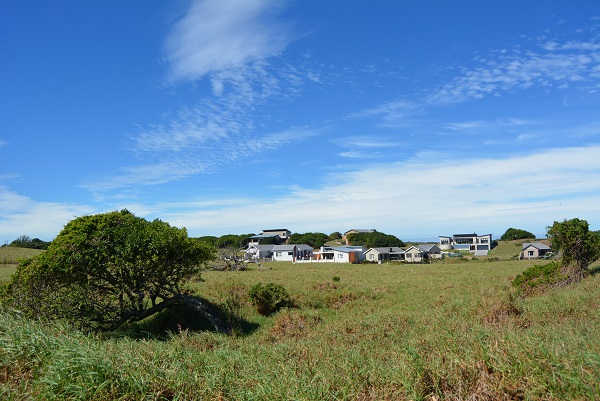With the first phase of the rapidly expanding Sardinia Bay Golf & Wildlife Estate in Port Elizabeth almost sold out, phase two should be ready to launch towards the end of May.
“There are 12 plots still available in phase one and I think now is the ideal time to launch the second,” said Re/Max Bay Properties agent Alan Moore.
According to him, much of the infrastructure for the new development had been completed.
“Roads have been laid, plots have been demarcated, a substation has been built and the grey water treatment plant is being installed.”

To facilitate access, Moore explained that a secondary security gate would be constructed for residents living in phase two.
“It won’t be a big facility, like the main entrance, but it will have security measures such as cameras and access control.”
Re/Max Bay’s Leon Erasmus was also pleased with the interest and feedback from those who had viewed the available properties.
“Because of the limited availability of properties in phase one, nearly everybody is waiting to see what is happening with phase two.
“There is pressure on us to reserve plots and we’re being pushed to release pricing. This is all good as it shows that there is tremendous interest.”
He said phase two consisted of 25 plots, with a third phase now making up a further 20 for later release.
Erasmus explained that the third phase came about because there were portions of steep terrain that offered an opportunity for a slightly different architectural approach than that currently seen on the estate.
Plots in phase two would be an average size of 1 000m2 and prices would be released at launch, said Erasmus.
Originally a dairy farm, the original golf course at Sardinia Bay Golf & Wildlife Estate was built a number of years ago on what would more than likely have been the grazing pastures, said estate manage Matt Gibbs.
“The next phase will be more wild and natural than the first. From an experience point of view, it will be woodier and more foresty.”
Gibbs said they planned to disturb the wooded areas as little as possible, which meant people would have an opportunity to develop houses that blended with the surrounds.
“The big wooded areas will remain as sanctuaries for us.”
